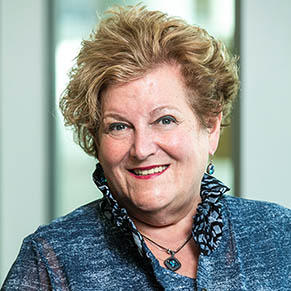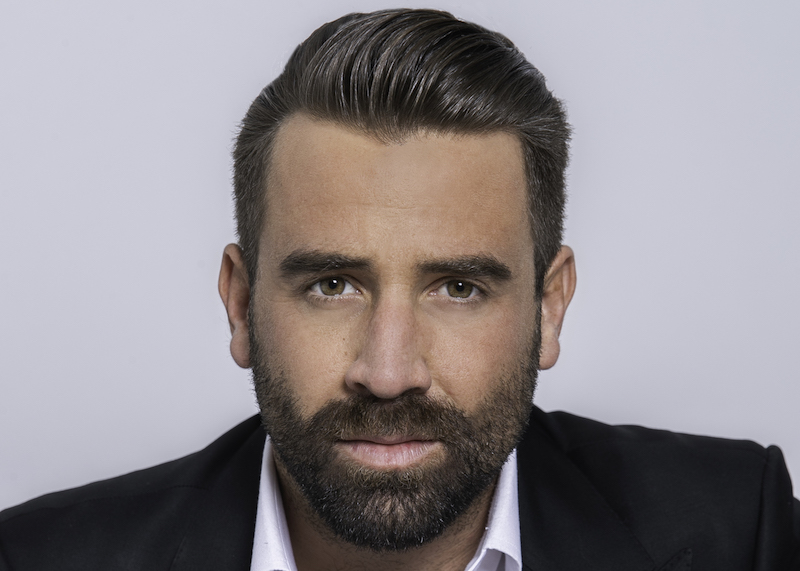Plus: A new initiative to link addiction researchers with communities, ASAM updates the Criteria, and more treatment industry news
By Mark Mravic
New & Next: Policy
San Francsico’s Overdose Prevention Plan
Since 2020, more than 1,700 people in San Francisco have died of drug overdoses, and thousands more have experienced non-fatal ODs. To combat the epidemic, the city has released a roadmap to reduce overdoses and promote wellness and recovery. By 2025, San Francisco aims to reduce overdoses by 15%, decrease racial disparities in overdose deaths by 30% (the OD fatality rate for Black San Franciscans is five times the city average) and increase the number of people receiving medication-assisted treatment (MAT) by 30%.
The plan focuses on four strategic areas:
- Increasing availability and accessibility of the continuum of substance use services
- Strengthening community engagement and social support for people at high risk for overdose
- Implementing a “whole city” approach to overdose prevention, involving increased coordination among city departments
- Tracking overdose trends and related drug use metrics to measure success and inform program development and change
At the core of the program is the establishment of “wellness hubs”—drop-in locations for people who use drugs or are experiencing homelessness to be connected to care and services. The city aims to to open the first hub by the end of 2022, two more in 2023 and additional facilities in the following years. Among the other specific steps the program outlines are:
- Creating a new Office of Overdose Prevention
- Opening 70 new residential step-down beds in 2023, toward a goal of 400 citywide
- Increasing the number of programs offering contingency management from three to five
- Opening 40 new beds for dual-diagnosis transitional care for women
- Expanding the citywide distribution of naloxone kits to 100,000 annually and placing kits in every supportive housing facility in the city
- Training 250 people in educational and entertainment settings annually in overdose recognition and naloxone use
Said mayor London Breed, “This strategic overdose plan has the right elements in place to save lives and create positive change in communities impacted by public drug use.” The city says the plan will be revised annually with ongoing input from stakeholders as lessons are learned and new strategies identified.
New & Next: Research
Duke, George Mason University to Lead National Opioid Research Center
Researchers from Duke and George Mason universities are teaming up to establish a new national center to speed up and expand the dissemination of the latest research on addiction and overdoses. Funded by a five-year grant from the National Institutes of Health’s Helping to End Addiction Long-Term (NIH HEAL) initiative, researchers from the Duke Clinical Research Institute (DCRI) and George Mason’s Center for Advancing Correctional Excellence (ACE!) will develop layman-friendly and culturally appropriate communications of new scientific findings to communities affected by the opioid and overdose epidemic. The program, to be known as the Research Dissemination and Engagement Center (R-DEC), will work to build partnerships between HEAL-funded researchers and community groups, with a goal of more quickly bridging the gap between research and action on the ground in communities.

“It generally takes 17 years for research to find its way into policy and practice,” said Faye S. Taxman, PhD, who will head the George Mason team. “This is an exciting initiative to address this science translation and utilization problem. We will create pathways, give voice to stakeholders as to the meaning and potential uses of scientific findings, and develop and test new science translation efforts—all designed to accelerate the use of science into policy and practice.” DCRI’s Christoph Hornik, MD, PhD, MPH, added that R-DEC “will play a critical role in sharing the latest science so that it can be integrated into care, improving the lives of people affected by opioid use and addiction.”
Research Study on Homelessness and Recovery
Holy Family University is looking for people in recovery who have experienced homelessness to participate in a study that will explore factors and themes related to successful engagement in treatment and recovery. The study will seek to learn how to address what is needed to support an individual who is homeless and diagnosed with a substance use disorder (SUD). Participation will involve a virtual interview lasting up to one hour; subjects must over 18. For more information, contact Patrick McElwaine, PsyD, LPC, at pmcelwaine@holyfamily.edu or 215-480-6479.
New & Next: Media
Updating The ASAM Criteria
The nation’s most widely used set of guidelines for the treatment of patients with substance use and co-occuring disorders is getting an update to reflect current research and clinical best practices. In 2023, the American Society of Addiction Medicine (ASAM) and the Hazelden Betty Ford Foundation will publish the fourth edition of The ASAM Criteria, which provides comprehensive guidance to care providers, insurers, educators and others for assessing and determining the level of care for patients with addiction.
Using what it calls a “rigorous methodology,” ASAM has been working for the past year and a half to review evidence and develop consensus for the new edition. While core principles—including treatment that is individualized, multidimensional and evidence-based—remain the same, the update takes into account the evolving landscape of addiction research and care. Among the major changes in the draft are guidances to:
- Increase access to pharmacotherapies
- Promote more integrated care for co-occurring mental health conditions
- Better integrate SUD treatment into general healthcare
- Discuss how telehealth, mobile treatment services and digital therapeutics can be incorporated into treatment at each level of care
- Review and update the standards with a focus on diversity, equity and inclusion
The fourth edition will be released in four volumes. The first, in the fall of 2023, will focus on adults. Subsequent volumes will cover adolescents and transition-age youth; addiction treatment within jails and prisons; and treatment of behavioral addictions such as gambling and internet and gaming addiction. ASAM is soliciting public input on the draft standards through Nov. 11. The draft can be viewed here and feedback provided here.
New & Next: Facilities
Spero Acquires My Turning Point, Opens More Clinics
Spero Health, which provides outpatient addiction treatment for individuals in six states, has made its first acquisition, adding Kentucky-based My Turning Point’s four clinics to its stable of more than 85 locations in Kentucky, Ohio, Indiana, West Virginia, Virginia and Tennessee. The acquisition will fold My Turning Point’s outpatient services into Spero’s community-based integrated approach to treatment that combines physical and behavioral healthcare services under one roof.
Said Spero Health CEO Steve Priest, “This acquisition allows our organization the ability to further expand life-saving services so that even more people in more places have immediate access to the highest quality of care, close to home.” In addition to the My Turning Point acquisition, Spero recently opened clinics in Shively, Ky., Columbia, Tenn., Abingdon, Va., and Parkersburg, W.Va.
AtlantiCare Acquires John Brooks Recovery Center in South Jersey
AtlantiCare, an integrated healthcare system based in Egg Harbor, N.J., that provides residential, outpatient and intensive outpatient treatment for substance use disorder, has acquired the John Brooks Recovery Center, which operates treatment and recovery centers in Pleasantville, Atlantic City and Mays Landing, N.J. The acquisition will make AtlantiCare the largest provider of mental health, substance use/addiction recovery services and family care social services in southeastern New Jersey.
“Having JBRC as part of our health system allows us to better connect with patients and keep them engaged in their treatment,” said AtlantiCare CEO and president Lori Herndon, MBA, BSN, RN. “JBRC has transformed care, broken down stigmas and saved lives and families by caring for so many underserved individuals in our community. We are excited to welcome JBRC’s experienced, dedicated professionals to our team.”
Photo: Joshua Sortino














